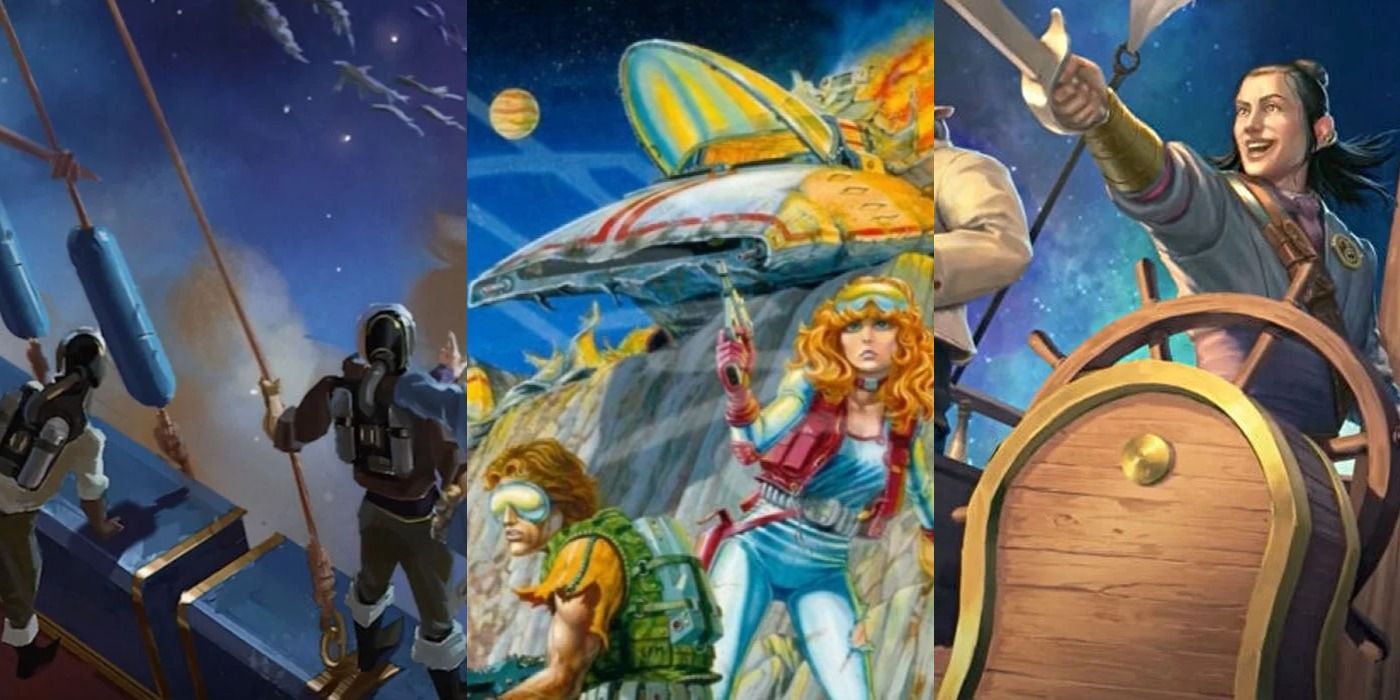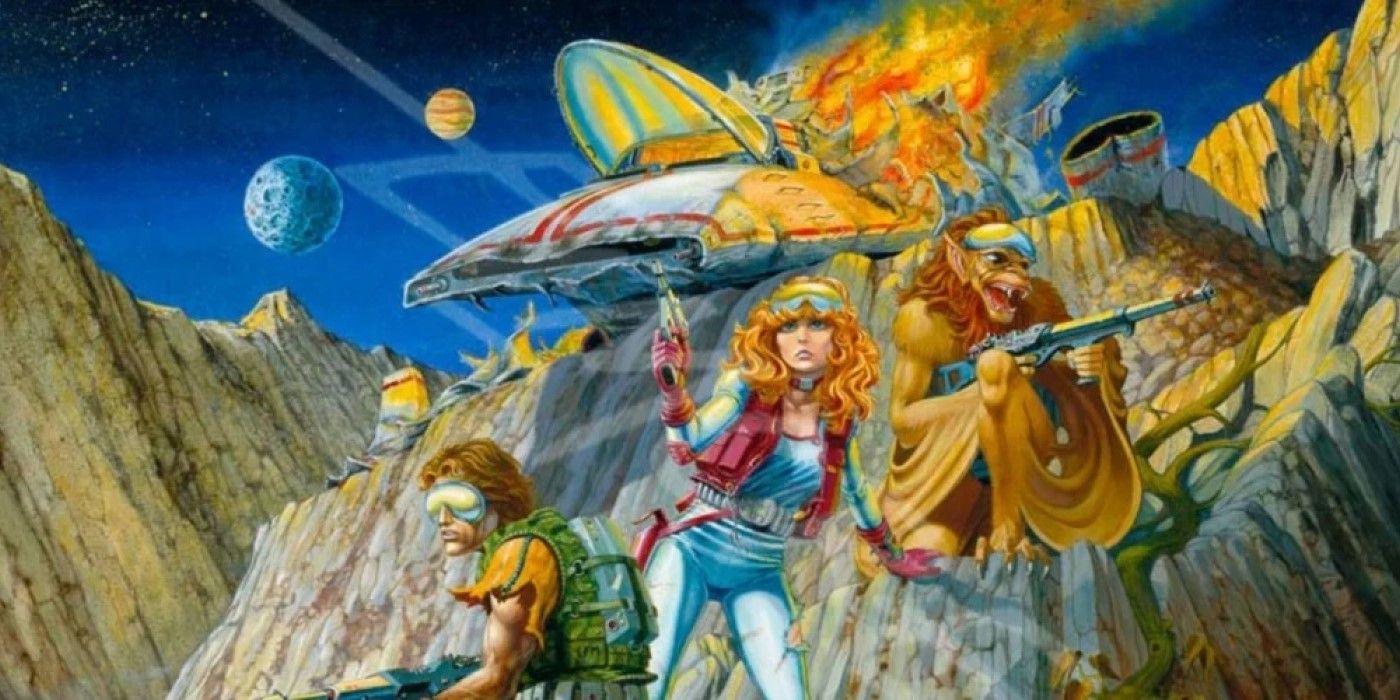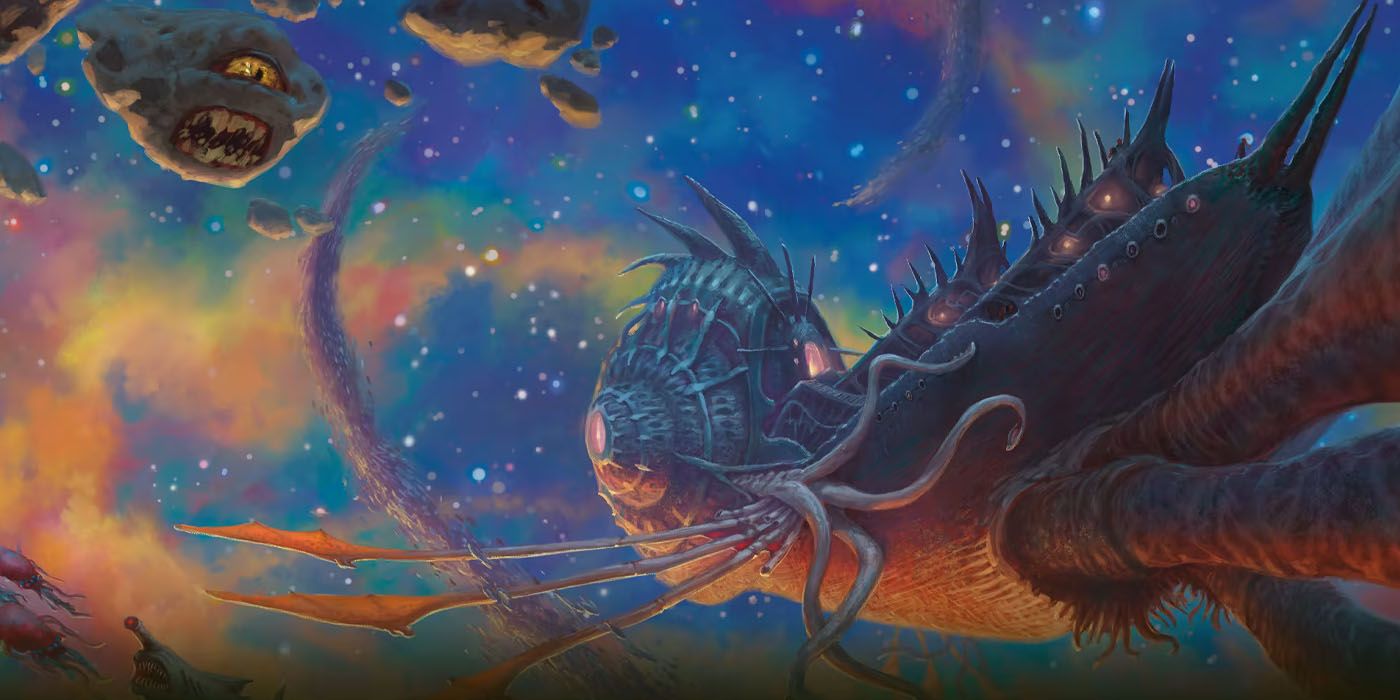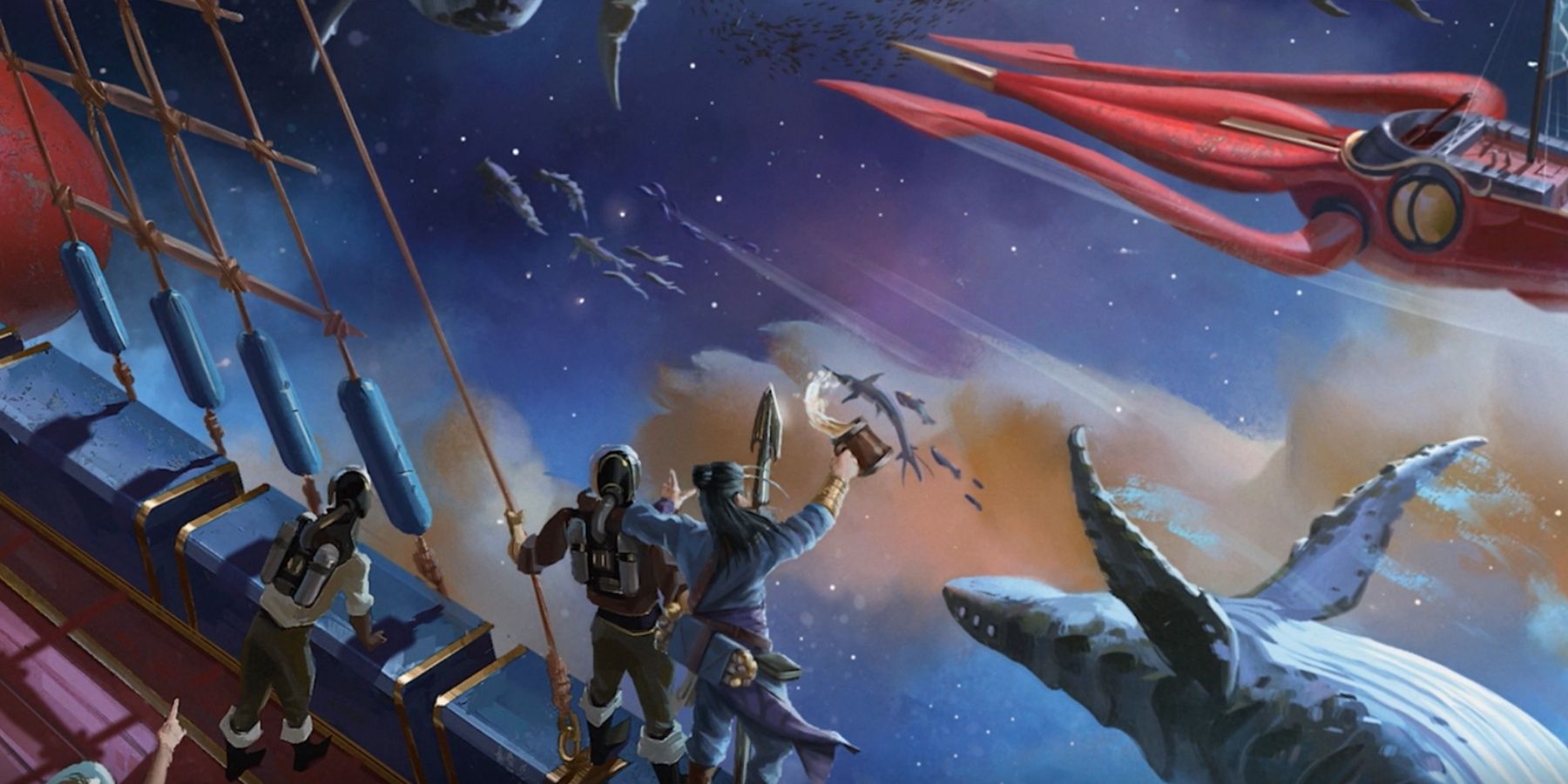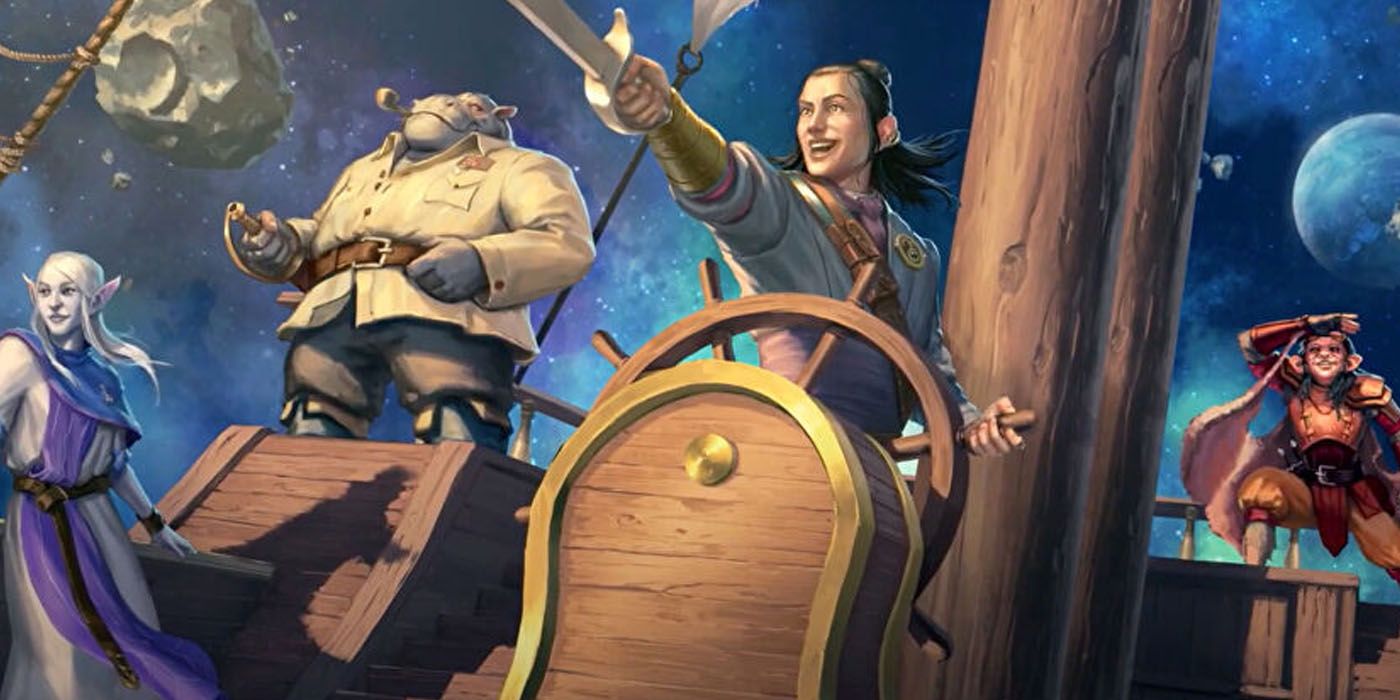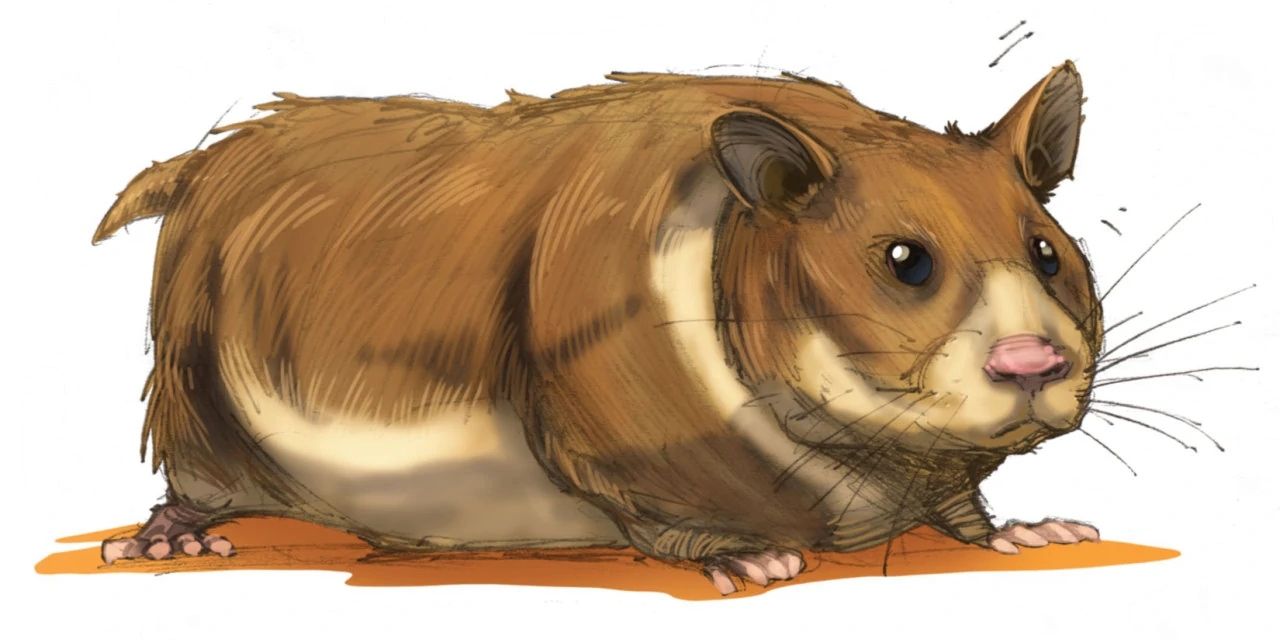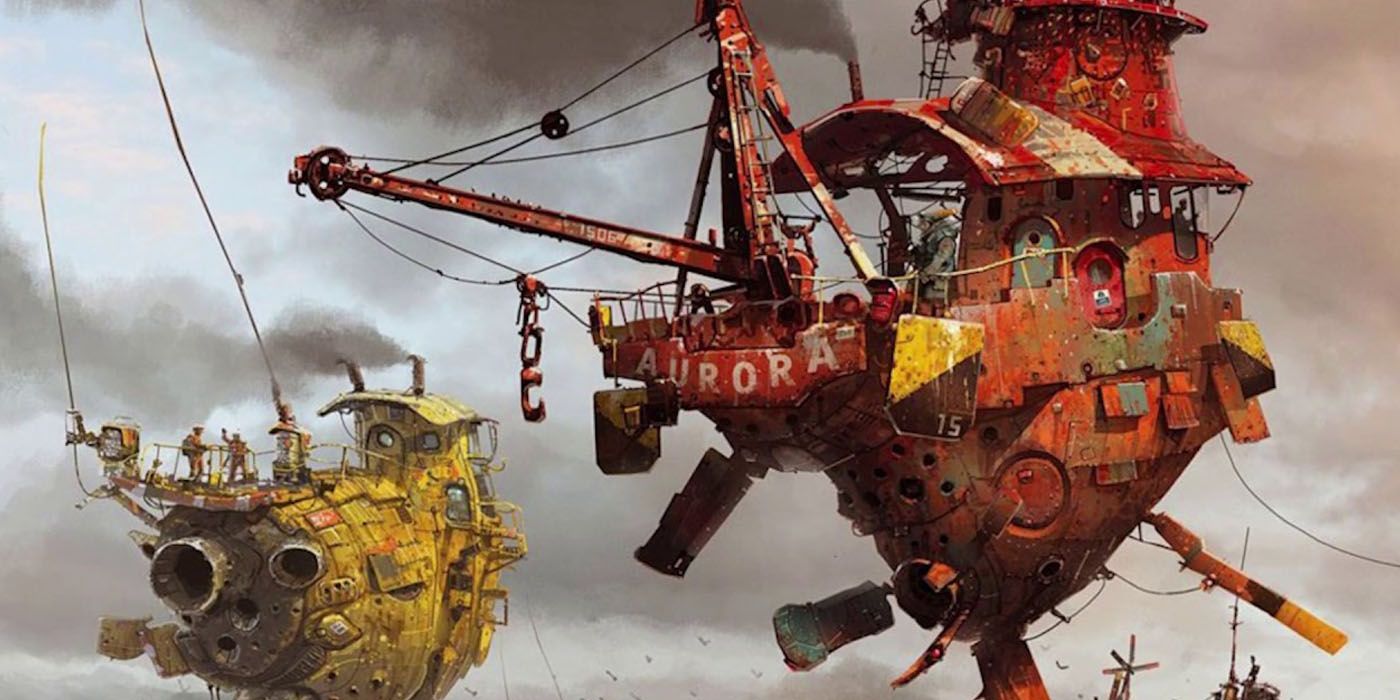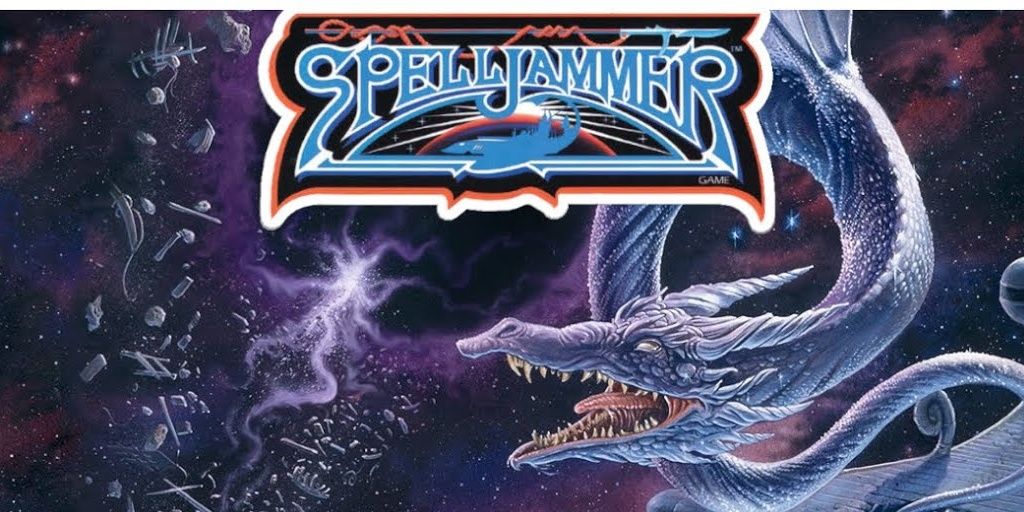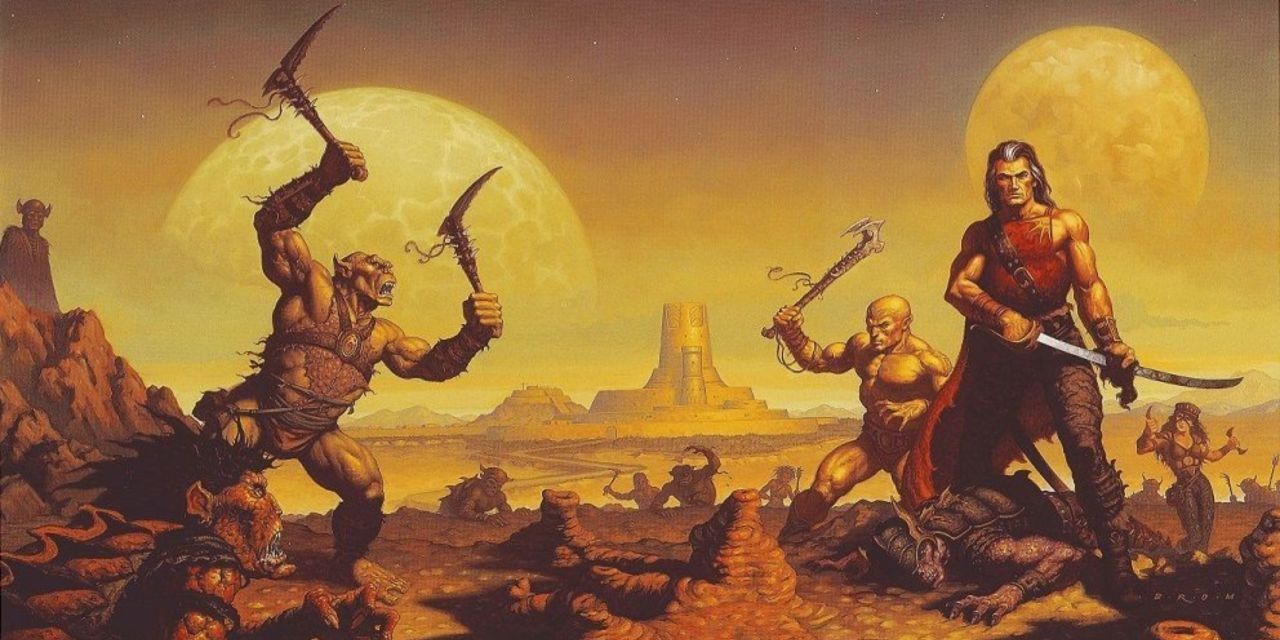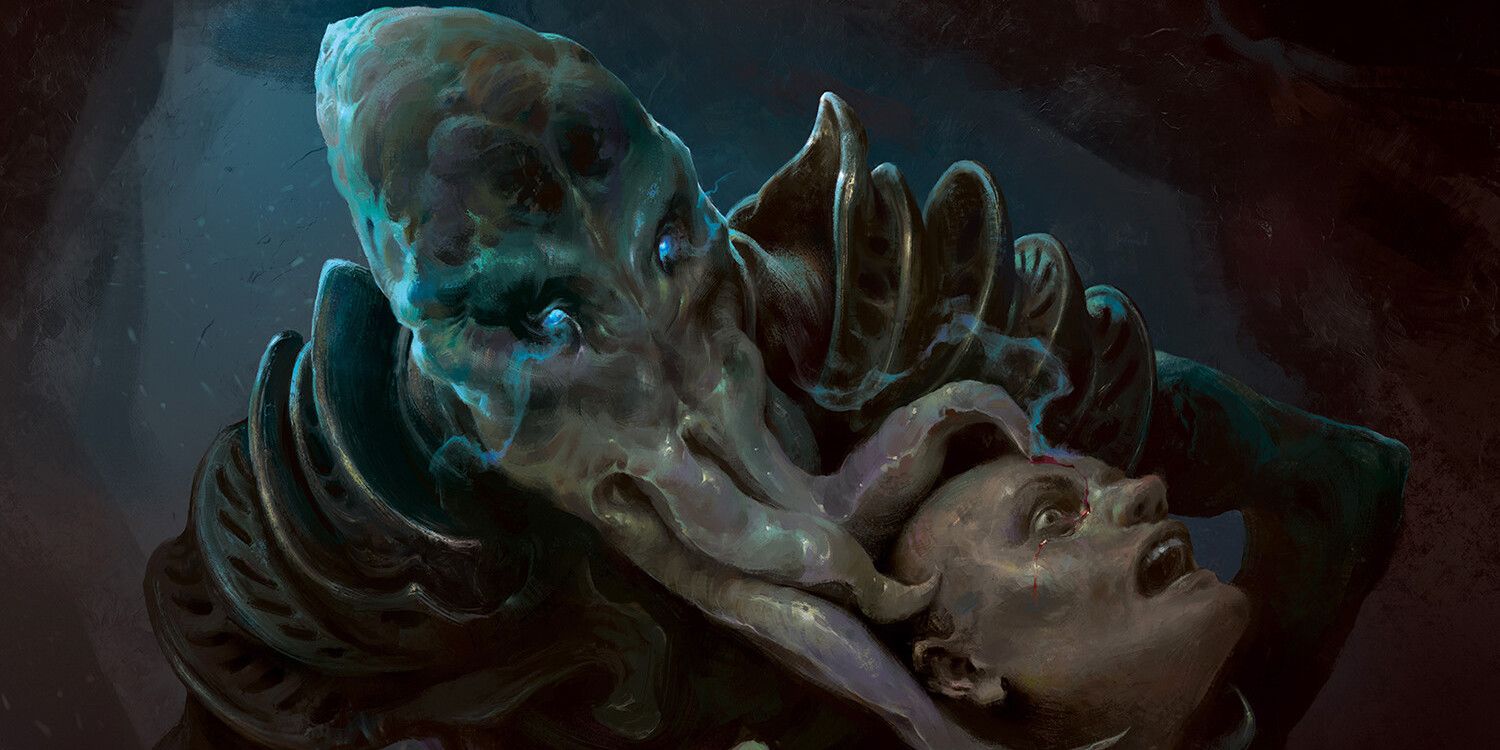Wizards of the Coast announced a new release of Spelljammer on April 22, 2022. The first version of Spelljammer: AD&D Adventures in Space was released 33 years earlier in a sleek boxed set, matching D&D's other celebrated campaign settings like Dragonlance, Greyhawk, and Forgotten Realms.
The subject of behind-the-scenes company politics, Spelljammer originally lasted a mere two years under the reins of its original publisher. Long gone, but fondly remembered, Spelljammer was supported by fans through the years of Dungeons & Dragons 3rd Edition, and in part inspired the elemental airships of the Eberron setting. Now, in D&D 5th Edition, Spelljammer has finally returned. Its rich lore, both in-game and out of the game, is the stuff of fantasy legends.
10 Three Of Spelljammer’s Races Were Copied From Star Frontiers
Star Frontiers, published from 1981 to 1987, was the third science fiction RPG that TSR published. It survived far longer than Metamorphosis Alpha (1976-78) and nearly equaled the first run of Gamma World (1979-86). It was an acclaimed space opera RPG that competed with GDW's legendary Traveller.
Star Frontiers also had some touches of hard sci-fi. The game’s spaceships used acceleration gravity two decades before The Expanse hit the airwaves. Star Frontiers’ aliens, the Dralasites, Yazarians, and Vrusk were reskinned as Plasmids, Hadozee, and Rastipedes for Spelljammer.
9 The High-Fantasy Space Opera Setting Of Spelljammer Was Rebellious
The use of so many concepts from AD&D was a conscious decision by the design team, which included many veterans of Star Frontiers. The company's executive edict to make a new space opera game for AD&D did not include any specifics, and the designers were intent on making the most Dungeons & Dragons space opera possible.
The universe the writers created was one in which a knight in armor could be standing on the prow of his sailing ship in outer space, without any spacesuit whatsoever. It was imaginative and exotic and was ecstatically adopted by fans. Executives, on the other hand, hated it, leading to the premature end of one of Advanced Dungeons & Dragons' most popular campaign settings.
8 Spelljammer’s Crystal Spheres Were Based On An 1800s Book Cover Illustration
The definitive feature of the Spelljammer setting, besides the ships themselves, was the Crystal Spheres. These shells of hard, crystalline material encompassed every world in TSR’s then-voluminous campaign setting catalog and were loosely based on the Christian idea of the Firmament, a wall that held back the waters of Heaven.
In the 1990s, Jeff Grubb posited that the woodcut portrait “The Discoverers,” which inspired him, was a medieval woodcut of a sage pushing beyond the firmament to other lands. In the 2010s he wrote that it was actually from a 19th-century novel. While the portrait, and its inspirational power, were real, its story was a mistake.
7 Using A Spelljammer Helm Could Kill You
The Spelljamming helm onboard ships created a magical feedback loop between the user, connected via a throne that allowed a character to pilot the ship. This design choice created an unfortunate situation in the game where relatively light damage to the actual ship could be lethal to its pilot. This idea began in gaming with BattleTech, which used a "neurohelmet" to explain pilot damage in a giant robot.
Fortunately, this is a rules interaction that was entirely up to the interpretation of the game’s Dungeon Masters. With relatively few DMs playing the rules as written for the precise reason that they were relatively unforgiving and could kill easily player characters, this is a rule that ended up more honored in the breach than in the observance.
6 Spelljammer Created Miniature Giant Space Hamsters
One of the most famous creatures in all of Dungeons & Dragons lore is Boo, the Miniature Giant Space Hamster. Boo is famous for being a fierce creature and intensely loyal to his human, the simple-minded Minsc. The Giant Space Hamsters were bred by the technological savant Tinker Gnomes, a version of gnomes that originated in Dragonlance.
Tinker gnome spaceships are – mostly – operated by the power of giant hamsters running in wheels. Giant Space Hamsters have many spinoff breeds, but the most famous of them is the Miniature Giant Space Hamster, as personified by Boo. In other words, Miniatures are simply ordinary hamsters, as the gnomish Giant Space Hamster breeding program came full circle.
5 Nature Abhors a Vacuum, But Not Too Much
The feature of spelljamming that permits medieval characters to stand on the decks of spaceships with no ill effect is an air bubble. Spelljamming ships contain, and are surrounded in, air in relation to their volume, allowing characters on the ships to breathe, even while standing on the deck in the middle of space.
This air even goes with someone who falls overboard. However, the amount of air is much smaller, and there is a good chance that the person who falls overboard will exhaust their air and expire long before being rescued. Space, like the sea, is unforgiving. Perhaps not as much in the game as it is in real life, but unforgiving nevertheless.
4 The Spelljammer: But You Can Never Leave
The legendary Spelljammer is the ship of legends. The Spelljammer campaign’s answer to the Flying Dutchman, this ship flies the space lanes, an oft-unattainable goal of those traveling the setting. It is also a trap of sorts.
For the lucky few who find themselves on the Spelljammer, they find themselves slowly coming to only want to be on the Spelljammer. Leaving the Spelljammer never truly becomes impossible, but it’s more difficult to do if a person on the great vessel doesn’t want to go. You can check out any time you like, indeed.
3 The Phlogiston Is An Alternative To Aether
The “hyperspace” dimension called the Flow that exists between the crystal spheres that compose the various Dungeons & Dragons worlds was loosely inspired by a pre-scientific idea of how objects burn. Aether is a precursor of the modern idea of dark matter, which also may be on its way out. Star Wars' hyperspace, as plot-convenient as it might be, is only a way to get between places. The Flow is an adventure in itself.
The Phlogiston makes fire spells very difficult to use in “hyperspace,” and makes the idea of gunpowder in the space between worlds anywhere from unnecessarily dangerous to outright suicidal. The physics of the Spelljammer universe seem to make realistic space travel a fool’s option.
2 Dark Sun Is Cut Off From The Flow
The campaign world of Dark Sun has a primary theme of isolated warriors fighting a hopeless war against magically-empowered dragon-kings. The Dark Sun world, because of this, is unreachable from the Phlogiston. Its world, Athas, can visit the Demiplane of Dread known as Ravenloft, but not other worlds like the Forgotten Realms, Grayhawk, or DragonLance, or newer settings, like Eberron.
Because Dungeon Masters are free to follow or modify any rules in the game, there’s no knowledge on how closely that rule was followed on the table. But as written, the rules of Spelljammer specifically forbade visiting the harsh, dying world of Athas.
1 The Neogi Are More Evil Than Mind Flayers
The most infamous villains of the entire Spelljammer setting are its vicious Neogi. A spider-like race driven to enslave aliens wherever it can find them, the Neogi are aggressive and capitalistic as they trawl the universe in living spaceships resembling gargantuan black widow spiders merged with castles.
The Neogi came out of Jeff Grubb’s desire to create a more evil counterpart to the Mind Flayers, who he felt were becoming too humanized and civilized with their iconic Nautiloid spaceships. With their spider ships and their umber hulk slaves, the Neogi became the threat Spelljammer players loved to hate.

